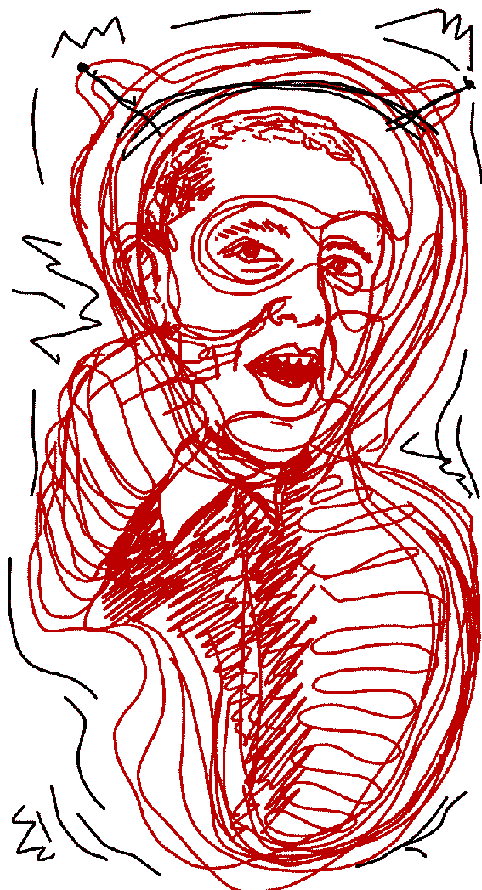Voting rights advocates have been howling in dismay since a Supreme Court decision led to thousands of Wisconsin voters going to polling stations last week during a pandemic.
But they might eventually thank the high court for inadvertently performing an act of public service.
Thousands of white voters now have a sense of what it was like to vote as a black person during the Jim Crow era. These voters risked their physical safety, their jobs – even their lives – just to vote.
That harrowing experience was reserved for blacks who attempted to vote in the Deep South and elsewhere during segregation.
“No one should be forced to choose between their right to vote and their right to stay healthy,” President Obama said on Twitter last week.
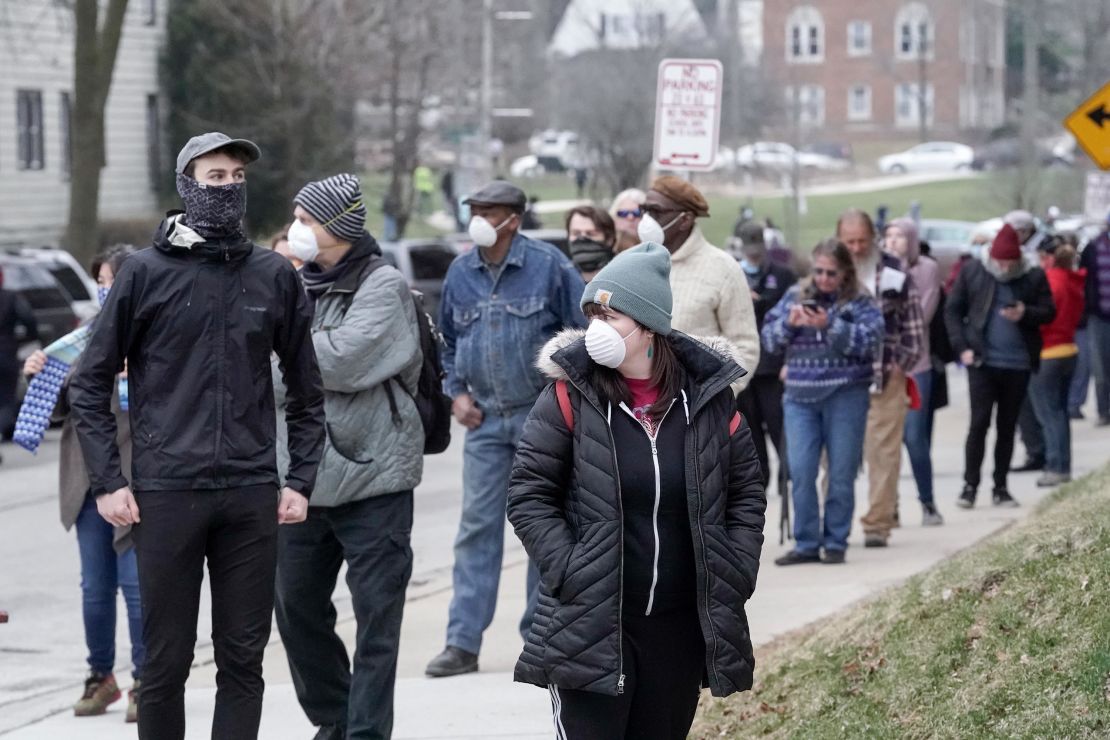
This unintentional crash course in Jim Crow may not be what most people focus on as Wisconsin announces results today from last Tuesday’s primaries.
But it may matter come November’s presidential election, for several reasons.
Voters got a taste of hypocrisy
Empathy. It’s one of those buzzwords people evoke in diversity seminars. It’s why some diversity training involves role-playing. White people are placed in mock situations where they are racially profiled or prejudged.
There are some white voters in Wisconsin who can probably skip that seminar now.
No one is saying that the white Republicans and Supreme Court justices who pushed to hold a primary during a pandemic are racist. But their decisions may create a bitter aftertaste that would be familiar to any black voter in the Jim Crow era.
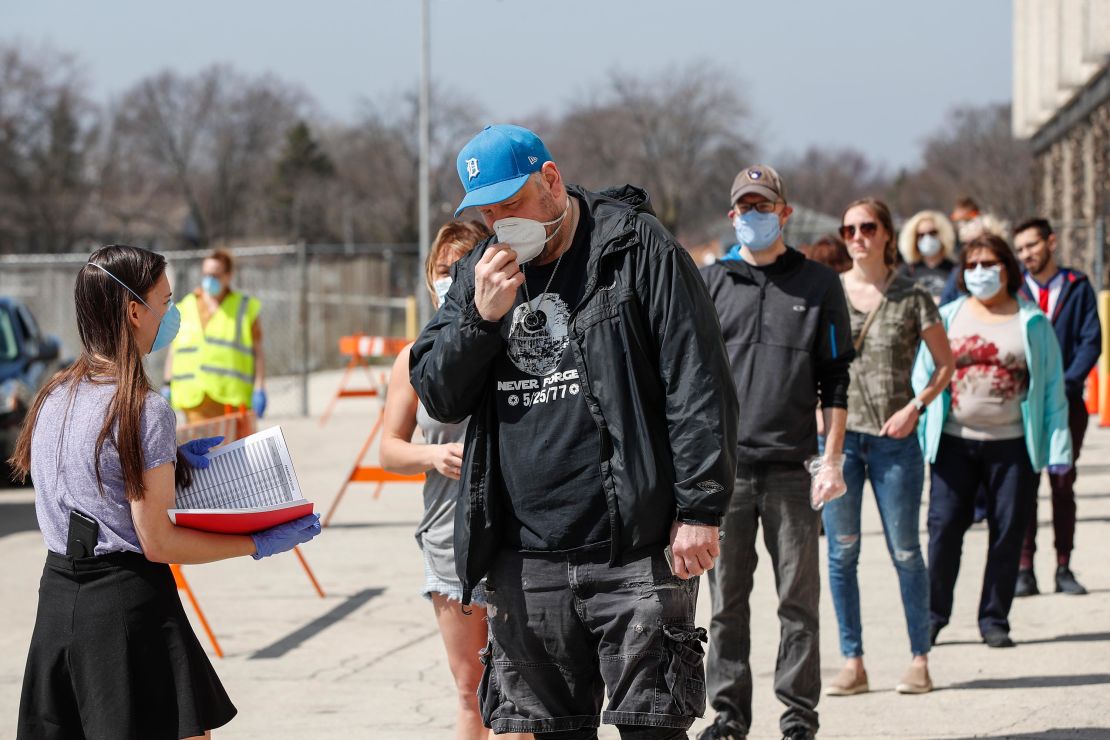
It’s that pungent sensation of hearing an election result and wondering why it was so much harder for you to vote when compared to other people.
The city of Milwaukee has nearly 300,000 registered voters, yet its available polling places on election day were reduced from 180 to five.
Read more from John Blake:
White voters stood in the same long lines as black voters. And they witnessed something else that many black voters experienced during the Jim Crow era: brazen hypocrisy.
During Jim Crow, politicians said one thing while openly doing another. They boasted about the US being a great democracy while erecting a gauntlet of voting barriers for blacks that included poll taxes and arcane literacy tests.
One viral image from last week’s primary captures a similar disconnect.
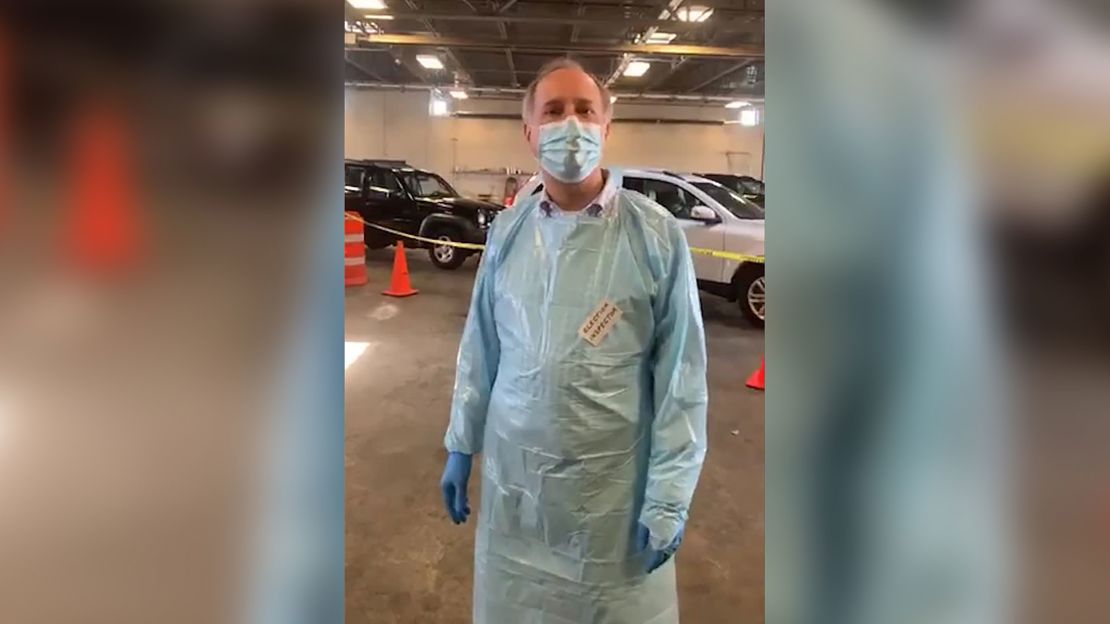
It was of Wisconsin Assembly Speaker Robin Vos trying to reassure voters last Tuesday that in-person voting was “incredibly safe.”
“There’s less exposure here than you would get if you went to the grocery store, or you went to Walmart, or you did any of the many things we have to do to live in the state of Wisconsin,” said Vos, a Republican, during a live interview at a polling place.
Vos made that assurance while wearing a mask, gloves and other protective gear.
Some say it even extended to the Supreme Court
The high court became involved in the election after Wisconsin’s Democratic governor tried to delay the primary until June 9. Requests for absentee ballots were exploding because of fears over catching and spreading the coronavirus through in-person voting.
The state had imposed a stay-at-home order in late March to minimize the spread of the virus.
But Republicans in Wisconsin opposed efforts to delay the election because they said they wanted to protect the integrity of the voting process. The conservative majority on the Supreme Court agreed with them. In a 5-4 decision they refused to extend a deadline for absentee ballots because they said precedent discourages changing election rules so close to an election.

Critics noted that the conservative bloc on the high court made their decision from the safety of their homes instead of their court chambers. They had been on coronavirus quarantine.
Critics also noted that before its Wisconsin decision, the Supreme Court had moved to postpone a series of highly anticipated cases that were scheduled to be heard this spring – including one about whether lawmakers can subpoena President Trump’s financial records. In delaying the hearings, the court cited the threat to its safety posed by coronavirus.
“The Court’s indifference to Wisconsin voters is brazenly ironic,” Leah Litman, a University of Michigan law professor, wrote in an essay. “While the court is more
than happy to make accommodations for the sake of the health of its own justices and members of the Supreme Court bar, it refuses to do the same for voters who are merely trying to participate in democracy.”
Only when whites suffer does America act
White voters in Wisconsin may learn another harsh Jim Crow lesson: Black suffering alone isn’t usually enough to move White America to act.
Black voters weren’t just denied the right to vote through all sorts of arcane literacy tests and bureaucratic maneuvers. They were routinely beaten, their land was taken away and they were fired from their jobs for attempting to vote. Many were simply murdered.

But none of that mattered to much of America until white people started to suffer during the battle for voting rights.
In 1964, three young civil rights workers were murdered in Mississippi for trying to register black voters. The case attracted a lot of attention because two of its victims were white Jewish activists.
And consider how the epic civil rights law that finally thwarted voter suppression in the Jim Crow South actually came about.
There’s the conventional story. The newsreel images of Alabama state troopers beating marchers on the Edmund Pettus Bridge during the Selma campaign in Alabama shocked politicians into action. Congress passed the Voting Rights Act later that year in 1965.
But black protesters being beaten on a bridge wasn’t quite enough. Jimmie Lee Jackson, a black activist, was beaten and shot to death earlier in the Selma campaign, but few paid attention.
That changed when two white people were killed during the same campaign. Viola Liuzzo, a Detroit housewife, and the Rev. James Reeb, a minister, were killed after they traveled to Selma to join demonstrators, and their deaths made national headlines.

Liuzzo said before she left home that voting was “everyone’s fight.” President Lyndon Johnson cited Reeb in an epic speech pushing for the passage of the Voting Rights Act.
Voting rights was no longer seen as just a black problem after Reeb and Liuzzo died. It was an American problem.
Anger could motivate voters in November
The same could happen in the lead-up to November’s election.
Voter suppression now has a white face, thanks to images of black, brown and white Wisconsin voters, standing glumly in long lines while swaddled in masks and gloves.
Daniel Schultz, a poll worker in Wisconsin, wrote in an essay that going to a polling place during a pandemic felt like “walking into somebody’s living room and seeing a loaded gun lying around in plain sight.”

“If I do die of this stupid virus because I took part in an ill-advised election, I want people to know: You have my complete permission to politicize my death,” Schultz wrote. “Push for mail-in ballots. Push for voting reform. Make sure every anti-democratic politician who callously risked their constituents’ lives has to answer for it.”
This anger could backfire on Republicans by motivating Democrats.
“We must never forget the images we saw in Wisconsin this week. Thousands of mask-wearing Americans standing in staggered lines extended over city blocks as they waited to vote amid the most dangerous pandemic this country has faced in a century,” wrote Sherrilyn Ifill of the NAACP Legal Defense and Education Fund.
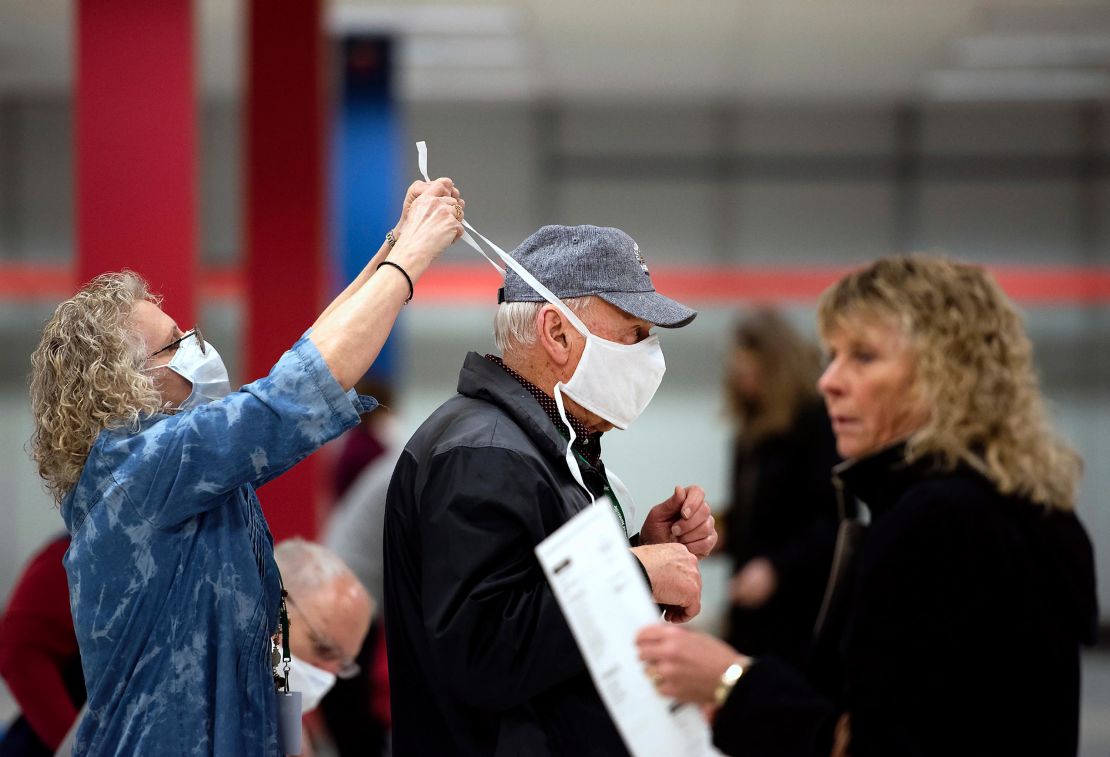
“None of them could be certain they would avoid taking the deadly coronavirus home with them after they cast their ballots. And, yet, they waited for hours … to exercise the fundamental right that the Supreme Court described 134 years ago as ‘preservative of all rights.’ “
These voters now feel what Liuzzo, the Detroit housewife who gave up her life to help black voters felt when she went to Selma in 1965: Voting is “everyone’s fight.”
And plenty of them are also going to vote in November’s presidential election.






